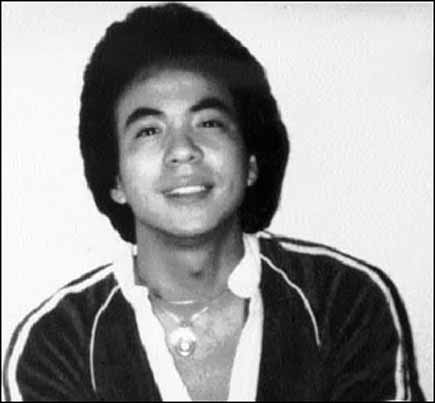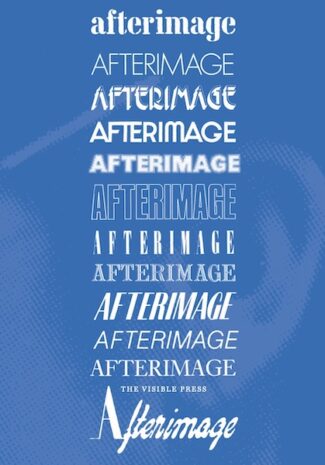From the Chicago Reader (December 3, 1993). — J.R.

THE PUPPET MASTER **** (Masterpiece)
Directed by Hou Hsiao-hsien
Written by Wu Nien-jen, Chu Tien-wen, and Li Tien-lu
With Li Tien-lu, Lin Chung, Cheng Kuei-chung, Cho Ju-wei, Hung Liu, and Bai Ming-hwa
Let’s start with three central and related facts, the first about Taiwan, the second about Taiwanese cinema, and the third about us. (1) Until six years ago, Taiwan spent this whole century under martial law, and over three previous centuries it suffered from nearly continuous occupation — by the Dutch in the 17th century and the Manchus in the 17th, 18th, and 19th centuries. In 1895 it was ceded to Japan as one of the spoils of the Sino-Japanese war, and it remained a Japanese colony for the next half century, until the Japanese surrender at the end of World War II. At this point mainland China took control; but four years later, when the communists seized the mainland, the deposed Kuomintang, led by Chiang Kai-shek, shifted their base to Taiwan — claiming that their rule was only temporary, until they could wrest the mainland back from the communists. But as it turned out they remained in power until 1987, when Taiwan finally became a democracy. Read more
Written for Cineaste Vol. XLVIII, No. 2 but published online due to space limitations . –J.R.
Edited by Mark Webber. London: The Visible Press, 2022. 349 pp., illus. Hardcover: $60.
I can think of at least three reasons why the independent British film journal Afterimage (1970-1987) isn’t better known in the U.S.: 1. It shares the name of a still-existing U.S. bimonthly devoted to digital media, 2. It only lasted for thirteen issues, and 3. Although it was supported by state funding, like the far better-known Screen, its nature and its influence were (and still are) far less institutional.
The third reason requires some elucidation. The seventeen years of Afterimage’s existence corresponded fairly closely to the founding of academic film studies in both the U.S. and the U.K. Screen sprang from the British Film Institute’s Education Department during the same period, and its pedagogical mission has always been inseparable from its institutional armor, including its dull boiler-plate design and the virtual equation of the positioning of its armchair Marxism with institutional protection. Afterimage was far more independent, exploratory, and eclectic, stemming largely from the passions of a single individual, Simon Field (seven of whose editorials are included, along with his interview with Hollis Frampton) and shifting its focus and aspects of its design with each successive issue. Read more
I can’t easily find words to express my admiration for Bruce Ricker, whom I just learned from a New York Times obituary died last Friday of pneumonia, at age 68. He wasn’t only a man who distributed jazz documentaries and made a few of his own, all of them terrific (including a wonderful tribute to Brubeck, In His Own Sweet Way, which made my ten-best list last year), and who also played what I’m sure was incalculable role in advising Clint Eastwood in his multiple jazz ventures. He was also a lawyer, the literary executor of Seymour Krim, and an amazing human being. I already miss him, and cherish my memories of him. [5/19/11]
Read more
From the Chicago Reader (May 19, 1989). — J.R.

WHO KILLED VINCENT CHIN?
** (Worth seeing)
Directed by Christine Choy.
Item: The December 22, 1941, issue of Life magazine features a two-page spread headlined “How to Tell Japs From the Chinese: Angry Citizens Victimize Allies With Emotional Outburst at Enemy.” It begins: “In the first discharge of emotions touched off by the Japanese assaults on their nation, U.S. citizens have been demonstrating a distressing ignorance on the delicate question of how to tell a Chinese from a Jap. Innocent victims in cities all over the country are many of the 75,000 U.S. Chinese whose homeland is our stanch ally. So serious were the consequences threatened, that the Chinese consulates last week prepared to tag their nationals with identification buttons. To dispel some of this confusion, Life here adduces a rule-of-thumb from the anthropometric conformations that distinguish friendly Chinese from enemy alien Japs.” Around this text and the two paragraphs that follow are four large photographs with inscriptions that attempt to spell out distinguishing characteristics of Chinese and Japanese physiognomies and body types.
Item: In 1982 in Highland Park, Michigan, Vincent Chin, a 27-year-old Chinese auto engineer, got into a fight with Ronald Ebens, a somewhat older Caucasian autoworker, in a topless bar called the Fancy Pants. Read more




